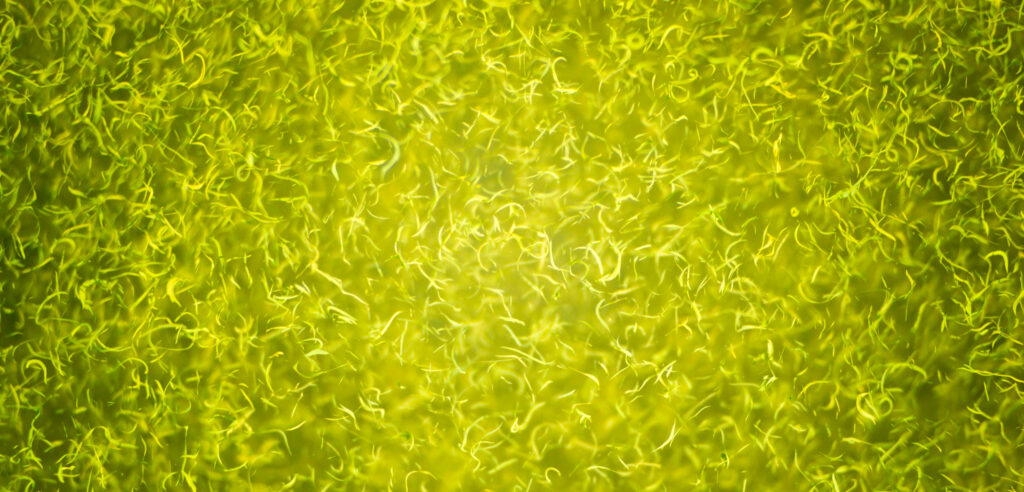Can Green Hydrogen Production Help Bring Oceanic Dead Zones Back to Life?
Posted
Last Updated
By Brian Owens.
Green hydrogen production makes a lot of extra oxygen. Could we put it to work revitalizing the ocean?
Douglas Wallace was on a research ship in the middle of Canada’s Gulf of St. Lawrence when he heard the news: Canadian Prime Minister Justin Trudeau had met with Olaf Scholz, the German chancellor, in nearby Stephenville, Newfoundland. At their meeting in August 2022, the two leaders locked in Canada’s commitment to supply Germany with hydrogen gas. They chose to declare the “Canada-Germany hydrogen alliance” in Stephenville because the town is the site of the proposed World Energy GH2 project, a facility that will use wind power to produce hydrogen gas.
The announcement allowed the world leaders to demonstrate the shared goals of increasing the availability of so-called green hydrogen and of reducing Germany’s reliance on Russian oil. But for Wallace, the news triggered a different idea.
At sea, Wallace, an oceanographer at Dalhousie University in Nova Scotia, was tracking how dissolved oxygen moves from the Atlantic Ocean through the gulf into the St. Lawrence River, and how the dearth of oxygen in some places can lead to the development of low-oxygen dead zones. In particular, he was concerned with one extra big and persistent dead zone that had taken up residence near Rimouski, Quebec, along the outlet of the St. Lawrence River. So when he heard that Canada was set to ramp up hydrogen production—achieved by electrically splitting water molecules into hydrogen and oxygen—he wondered: could all of that spare oxygen help bring the dead zone back to life?
For those who live on land, it’s easy to take abundant oxygen for granted. But underwater, persistent patches of low oxygen are “a fundamental control on habitat,” says Wallace.
read more at hakaimagazine.com.

